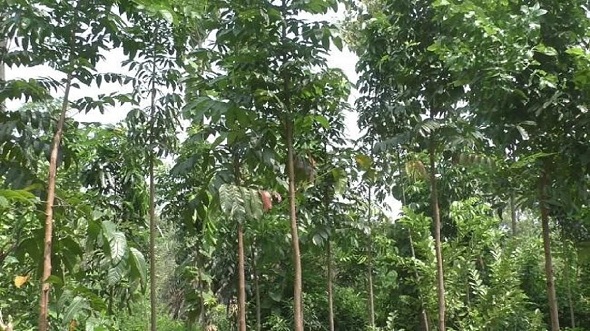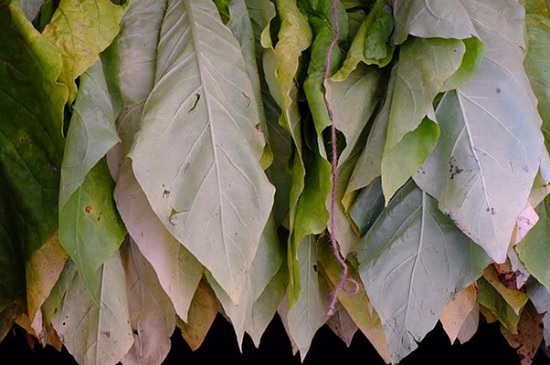
A group of researchers from the Birbal Sahni Institute of Palaeosciences, Lucknow, has recently retrieved a fossil leaflet from the Gurha lignite mine situated in the Bikaner district of Rajasthan. It is morphologically similar to the modern mahogany plant genus. Based on this recovery, the team has now built the important genus’s historical distribution.
Swietenia (commonly called mahogany) is an economically significant plant and well-known for its timber. It is found naturally but flourishes in very narrow geographical regions. They are found endemically in some parts of Mexico, Brazil, and few islands surrounding them such as Costa Rica, Cuba, Dominican Republic, and Ecuador. In the 19th century this plant genus gained significant attention for its timber and was introduced in India for the first time. Since then, it has become a part of Indian evergreen to semi-evergreen forests.
“Unfortunately, this genus has a mysterious history of its early appearance and past geographical distribution. Only two fossil records are known for this genus, i.e., from the Dominican Republic and Mexico, and are around 20 million years old. The fossil described in our study is significant and much older than earlier known and has given a new perspective to understand the history of the mahogany family,” informed the researchers while speaking to India Science Wire.
A group of researchers from the Birbal Sahni Institute of Palaeosciences, Lucknow, has recently retrieved a fossil leaflet from the Gurha lignite mine situated in the Bikaner district of Rajasthan. It is morphologically similar to the modern mahogany plant genus. Based on this recovery, the team has now built the important genus’s historical distribution.

Their study suggests that the mahogany ancestors are at least ~56 million years old, much older than previously assumed. “Our fossil from India reveals that this economically significant genus had a wide geographical distribution (including India and North and South America) in the past. It later got extinct from the Indian subcontinent due to unfavourable climatic conditions and got confined to a very narrow geographical region” said the research team.
The growth of this specific mahogany genus requires warm and humid climatic conditions, present on the Indian plate when it was near the equator around 56 million years ago. Due to the change in the latitudinal position of the Indian subcontinent, when it moved from the equator to the north of the equator, the climatic conditions of Rajasthan changed drastically. It couldn’t survive in the dry and desert conditions of Rajasthan prevailing today. Their population started to decline and they ultimately got extinct from India. Now it is only found in some parts of America.
The mahogany leaves’ morphological characters (shape, size, venation etc.) are highly distinct and conserved at species level. Using this ideology, the researchers identified the mahogany fossil leaves by comparing their morphological features with the modern leaves of various families like Fabaceae (pulses family), Rutaceae, etc. Based on the comparison, they found that the morphological characters of the fossil found by them were mainly similar to the modern mahogany leaf (Swietenia).
“Based on our study, we emphasised that mahogany existed in India too in the past, but disappeared due to changes in the climatic conditions. By using our fossil record (older than other records) a new study can resolve the mysterious history of the mahogany family,” the team observed.
The research team comprised Kajal Chandra, Anumeha Shukla, R.C. Mehrotra, Mahi Bansal, and Vandana Prasad. The study has been published in the Journal of the Geological Society of India and Springer Link.
India Science Wire
ISW/SM/BSIP/fossil/Eng/06/03/2023





